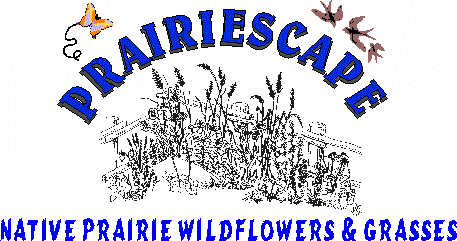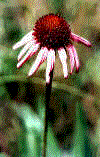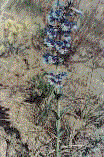

 |
 |
Listed here are seven basic principles of landscaping, all of which can be applied to the concept of xeriscaping. These are just a basic outline of steps or practical xeriscape methods, they can be pursued in much more depth and detail, this is intended as a guide only.
The success of a xeriscape landscape project begins with a carefully designed plan and can be accomplished in several steps. Several things must be taken into account: regional, meso and micro climate conditions of the proposed site, the present vegetation and topography and the property owners indented use. Grouping plant materials based on their water and appropriate light needs is essential. It is wise to make a sketch of your yard showing where buildings, trees, shrubs and turf areas are located. These considerations should be addressed, the landscaping budget, the overall look or appearance, the function of the design, maintenance and appropriate water requirements.
Soil analysis to detect if any soil amendments are required. These amendments should increase itís ability to hold moisture or drain excesses. In Regina, one very important amendment is to increase organic matter to decrease soil compaction and improve aeration. The use of compost and peat moss are excellent choices. Many native plants do not require fertilizer because they are very well adapted to the natural soil conditions.
Native plants are an excellent choice because they are found growing in the areas natural environment. They have a vast array of bloom times, they tolerate poor soils (typical of Regina), they are drought tolerate, flood resistant and once established, minimal care is required. Many of these species are not only drought tolerant but hardy as well. If exotics are to be used, they should be able to adapt to the climate and soil conditions. To achieve the ultimate desired effect of xeriscaping, they should be grouped together according to their water requirements and be able to give the aesthetic look desired. Plants that do not require very much additional water than what occurs naturally make the best choices. If using native plants, be sure to buy from reputable suppliers. Avoid using wild flower mixes or flowers in the can that do not contain the species that are native or that are from sources that sell flowers or seed that was obtained in that ecoregion.
The use of turf areas should be limited to a practical application. Turf areas require a large amount of water, fertilizer and maintenance. Alternatives to large turf areas can be mulches, preferably organic, wildflower meadows or ground covers. Turf areas are better placed close to the house for practical entertainment or recreation purposes.
Turf areas to be irrigated should be well designed and done either by professionals or a professional design. The best times to water turf areas are late evening or early morning. Two of the most common types of irrigation are drip irrigation and sprinkler irrigation. If using a hose-end sprinkler be sure to place properly to avoid directing water towards the sidewalk, driveway or house (Regina water is hard and will leave stains on foundations and stucco). It is best to choose a sprinkler system that sprays larger droplets of water instead of a mist. Drip irrigation waters the surface or sub-surface of topsoil by allowing water to flow under low pressure emitters. It is important to understand the type of soil so that the appropriate gallon age emitter can be chosen to avoid wasting water. Bubblers or micro-sprays are also very effective by selectively irrigating either at each individual plant or groupings of plants. When watering lawn areas or gardens, it is important to water less often and deeper to achieve a deeper root zone. Roots will not seek water but will proliferate in areas with greater moisture.
Some of the important things achieved through the use of mulches are minimizing weeds, retaining moisture, keeping soil temperature more stable and erosion prevention. This can also prevent the spread of plant disease by not allowing water to be splashed onto plant leaves. Wood mulches are an excellent choice, wood bark chips, wood grindings, tree mulch from local Christmas tree recycling. Some other choices are shale, pea rock, etc., these may seem like good choices, but in fact they reflect more heat than organic mulches and have the tendency to be walked on which would eventually compact the root zone of trees, shrubs and surrounding flower beds.
Proper maintenance of turf areas can be a large water savings, by leaving turf areas higher you can eliminate evaporation from the lawn by not allowing the sun to penetrate into the soil and heat it up which in turn would lead to higher evaporation rates. Mow approximately 1/3 higher than desired height. Try to incorporate a compost bin, these can be made from inexpensive materials. They must allow for good air circulation and be wide enough to be able to turn and lift your compost. Contact the City of Regina for further information. Try to use methods of insect control that are least harmful to the environment. Natural pest control such as bird houses for purple martins can help encourage natural insect control. Try and incorporate organic pest controls, organic insecticidal soaps or incorporating beneficial insect control. Harmful chemicals will not only destroy the pest insects but also beneficial insects, thus upsetting the balance of nature long after the effectiveness of harsh chemicals on the insect population have depleted their usefulness.